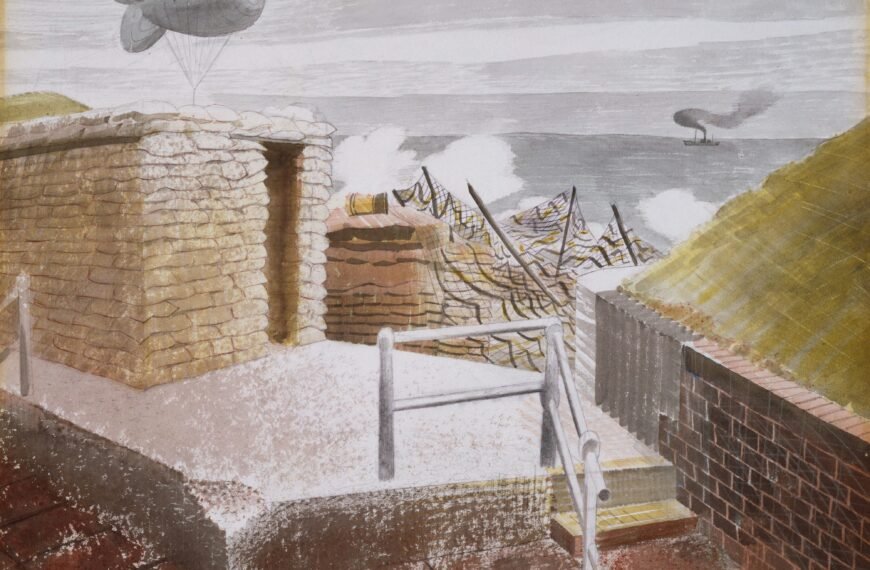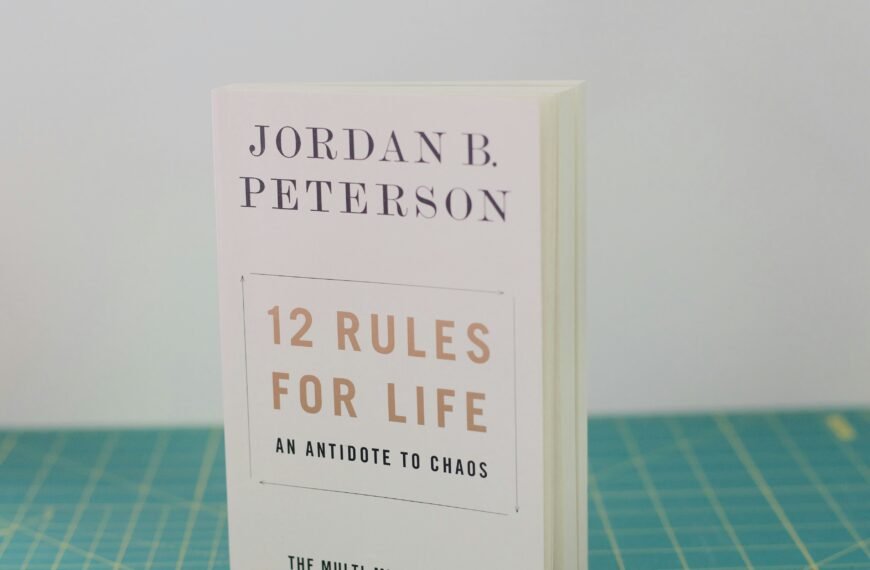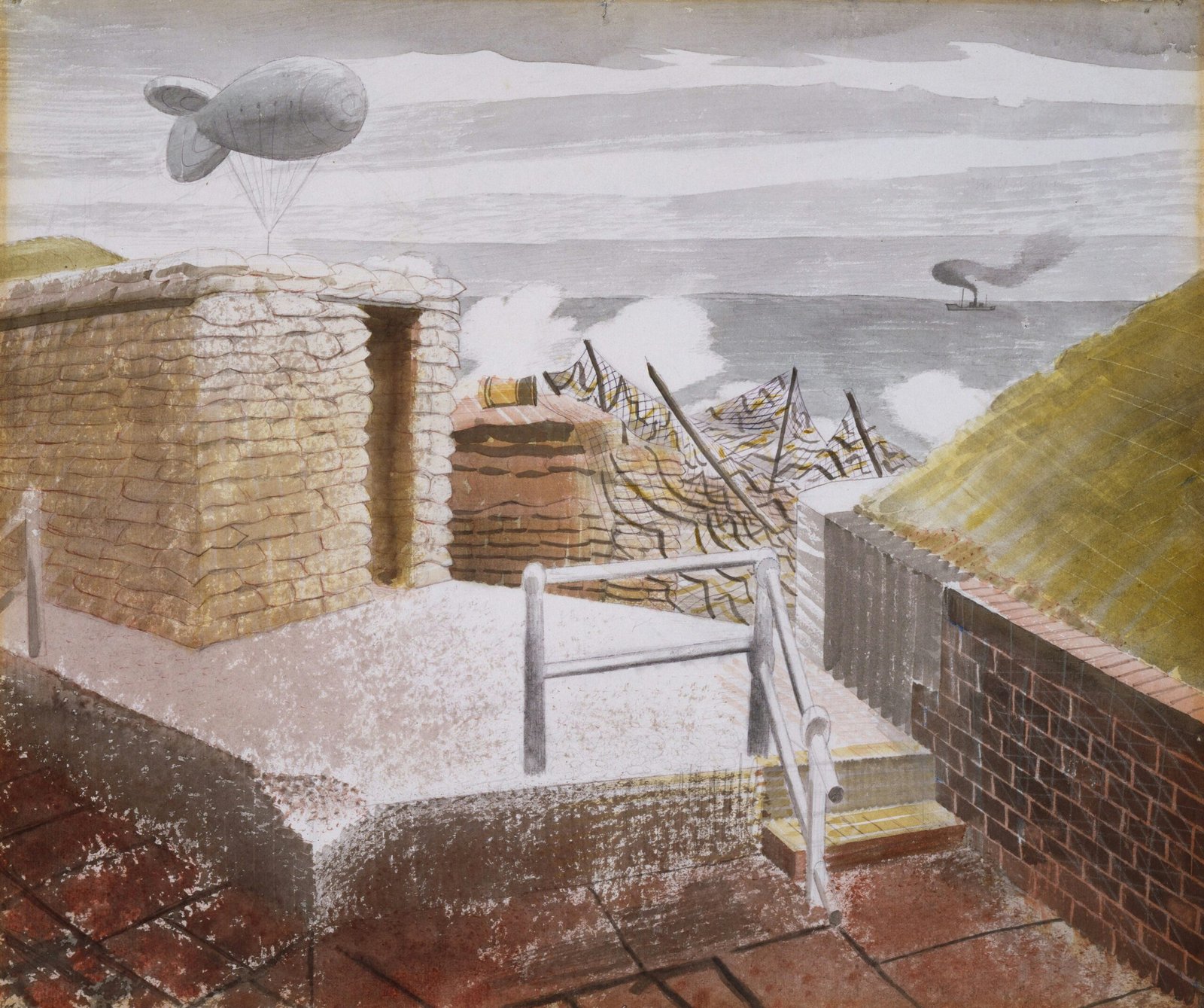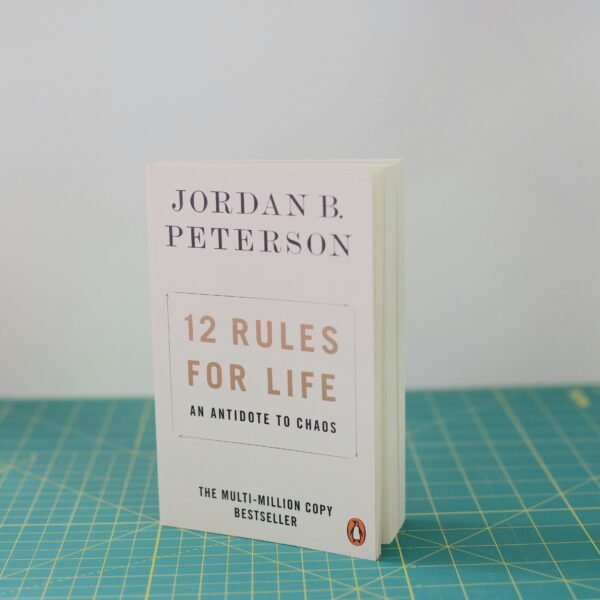Mexican Prints: A Historical Overview
In “Mexican Prints at the Vanguard,” the Metropolitan Museum of Art showcases the extensive history of printmaking in Mexican art. From the arrival of devotional woodcuts by Spanish colonists in the 1500s to the eye-catching posters during the Mexican Revolution, prints have played a central role in Mexican art and media for centuries. This exhibition highlights the evolution of printmaking techniques and the powerful impact of prints on Mexican society.
Early Influence of Spanish Colonists
During the 1500s, Spanish colonists introduced devotional woodcuts to Mexico, laying the foundation for printmaking in the region. These early prints depicted religious subjects and were used for communication and education among the indigenous population. The Spanish woodcuts laid the groundwork for the development of a unique Mexican printmaking tradition that continues to evolve today.
Printmaking During the Mexican Revolution
The Mexican Revolution (1910-1920) was a period of social and political upheaval in Mexico, and prints played a crucial role in shaping public opinion and mobilizing the masses. Artists created powerful posters that depicted the struggles of the working class and the injustices of the ruling elite. These prints served as tools of propaganda and resistance, rallying support for the revolutionary cause.

Key Artists and Artworks in Mexican Printmaking
The exhibition “Mexican Prints at the Vanguard” features works by renowned Mexican artists who have made significant contributions to the medium of printmaking. From Jose Guadalupe Posada’s iconic skeleton prints to Diego Rivera’s political lithographs, these artists have used prints to explore themes of Mexican identity, social justice, and cultural heritage.
Jose Guadalupe Posada: The Master of Calaveras
Jose Guadalupe Posada was a pioneering printmaker known for his iconic calavera (skeleton) prints that satirized Mexican society. His famous image “La Catrina,” depicting a elegantly dressed female skeleton, has become a symbol of Mexican popular culture. Posada’s prints blend humor and social commentary, reflecting the complexities of Mexican society during the late 19th and early 20th centuries.
Diego Rivera: The Muralist and Printmaker
Diego Rivera, best known for his monumental murals, was also a prolific printmaker. His lithographs often depicted scenes of labor, revolution, and indigenous culture, reflecting his commitment to social realism and political activism. Rivera’s prints are characterized by their bold compositions, vibrant colors, and strong sense of narrative, making them powerful vehicles for social critique and storytelling.
Elizabeth Catlett: A Legacy of Printmaking
Elizabeth Catlett, an African American artist who lived and worked in Mexico for much of her career, made significant contributions to printmaking. Her linocuts and woodcuts explored themes of African American identity, women’s rights, and social justice. Catlett’s prints are known for their powerful imagery, expressive lines, and deep emotional resonance, highlighting the intersection of art and activism in her work.
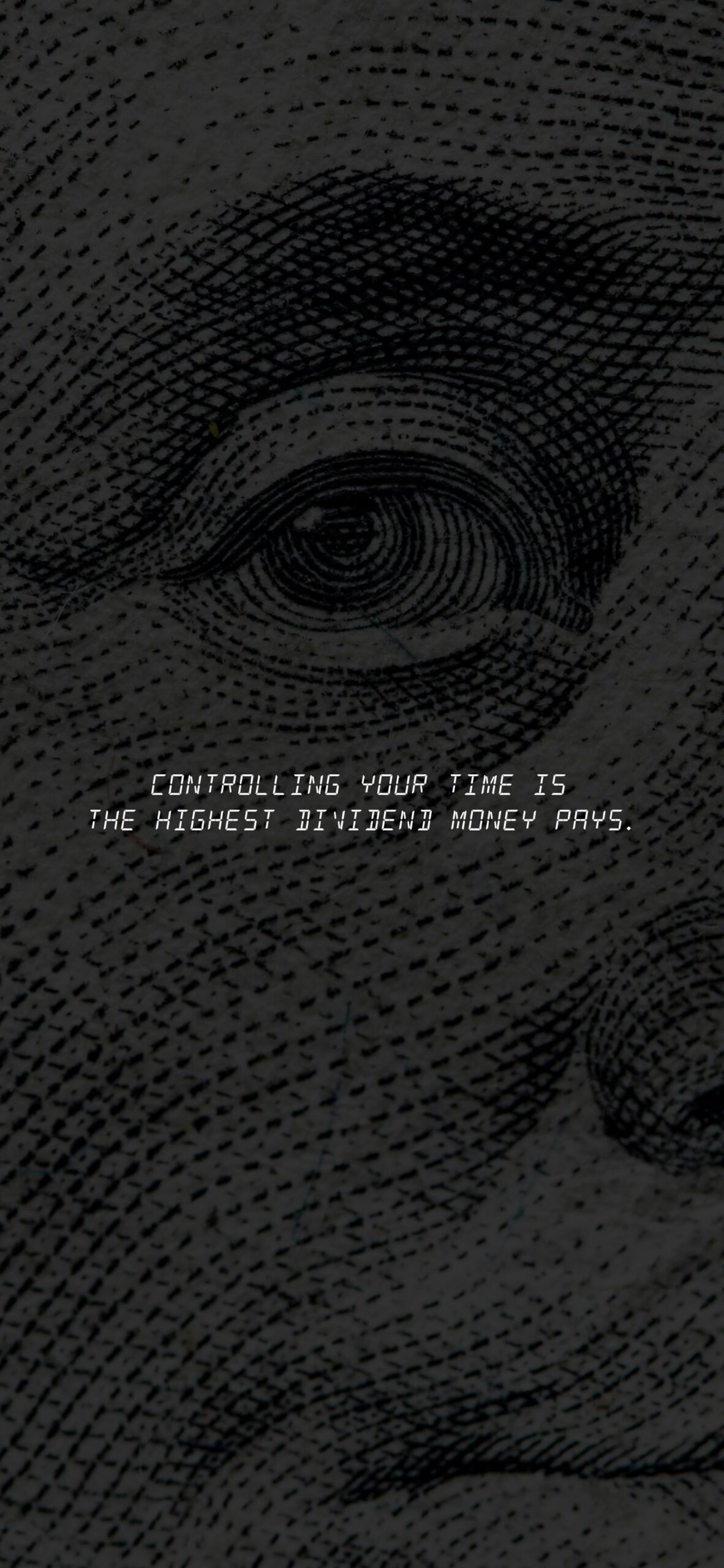
Printmaking Techniques and Innovations
Printmaking is a diverse and dynamic medium that encompasses a wide range of techniques and processes. From traditional woodcuts and lithographs to modern silkscreen and digital prints, artists have experimented with various methods to create captivating and thought-provoking artworks. The exhibition “Mexican Prints at the Vanguard” showcases the rich history of printmaking in Mexico and highlights the innovative techniques used by artists to push the boundaries of the medium.
Woodcuts and Engravings
Woodcuts and engravings are some of the oldest and most traditional forms of printmaking, dating back to the earliest days of printing. Artists carve images into wood or metal plates, apply ink to the surface, and transfer the image onto paper. This technique allows for bold lines, intricate details, and expressive textures, making it a favorite among printmakers for centuries.
Lithography and Screen Printing
Lithography and screen printing are more modern printmaking techniques that involve transferring images onto paper through a series of chemical processes. Lithography uses a greasy drawing surface and water to create prints, while screen printing uses a mesh stencil to apply ink onto the paper. These techniques are ideal for creating vibrant colors, intricate patterns, and detailed textures, making them popular choices for contemporary artists.
Digital Printing and Mixed Media
With advancements in technology, digital printing has revolutionized the world of printmaking, allowing artists to create high-quality prints using computers and printers. Artists can manipulate images, experiment with colors, and combine different elements to produce innovative and visually striking prints. Mixed media printmaking combines traditional and digital techniques, offering artists endless possibilities for creative expression and experimentation.
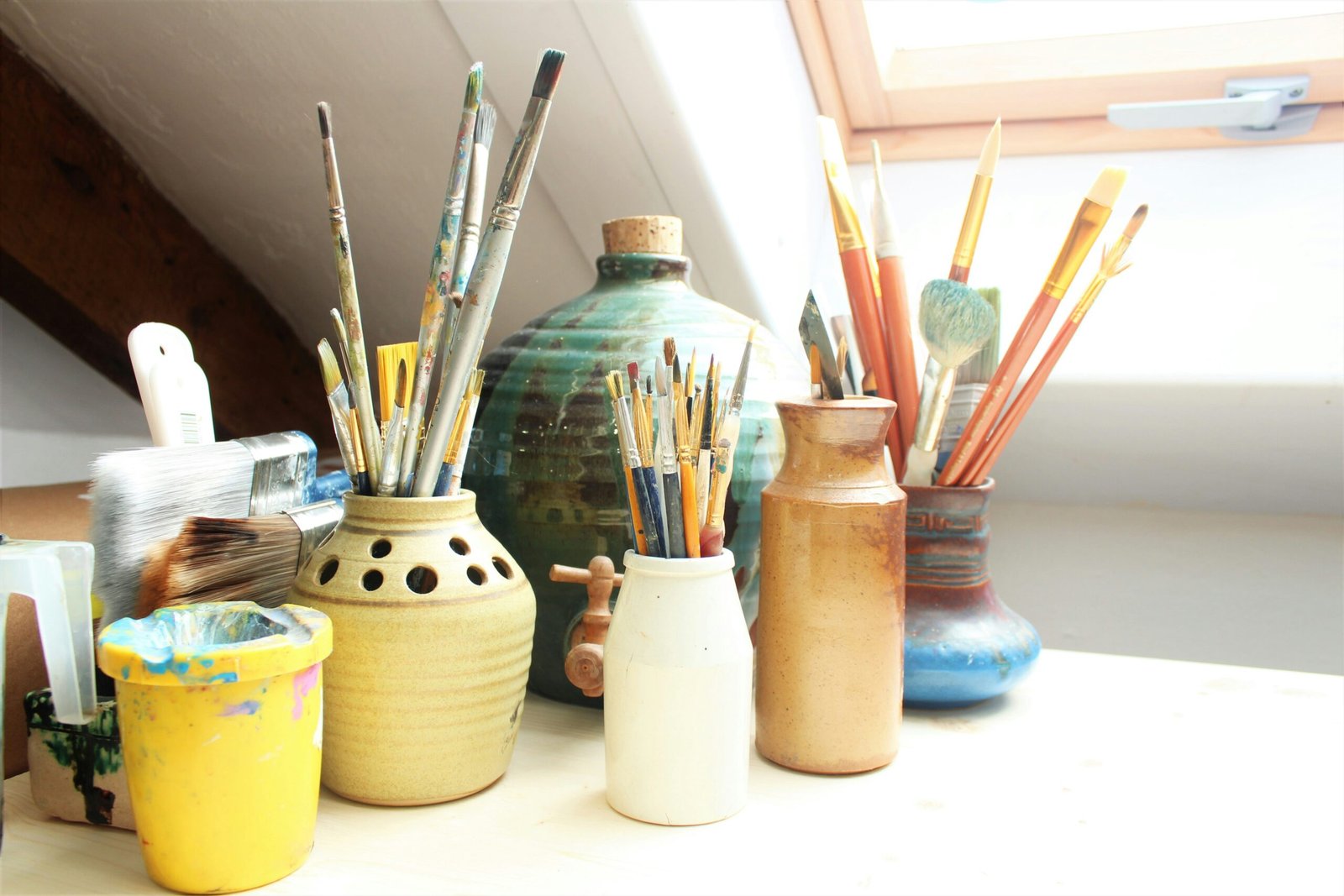
Legacy of Mexican Printmaking
The legacy of Mexican printmaking extends beyond the walls of galleries and museums, influencing artists, activists, and communities around the world. Through their powerful imagery, bold messages, and innovative techniques, Mexican printmakers have inspired generations of artists to use prints as a platform for social change, cultural expression, and creative exploration. The exhibition “Mexican Prints at the Vanguard” celebrates the enduring influence and relevance of printmaking in Mexican art and invites audiences to engage with the rich history and diverse perspectives of this dynamic medium.
As you explore the world of Mexican printmaking, take a moment to appreciate the creativity, passion, and ingenuity of artists who have used prints to challenge conventions, provoke emotions, and spark conversations. Through their art, these visionary printmakers have brought skeletons and madonnas to life, shaping Mexico’s graphic arts revolution and leaving a lasting impact on the art world.

